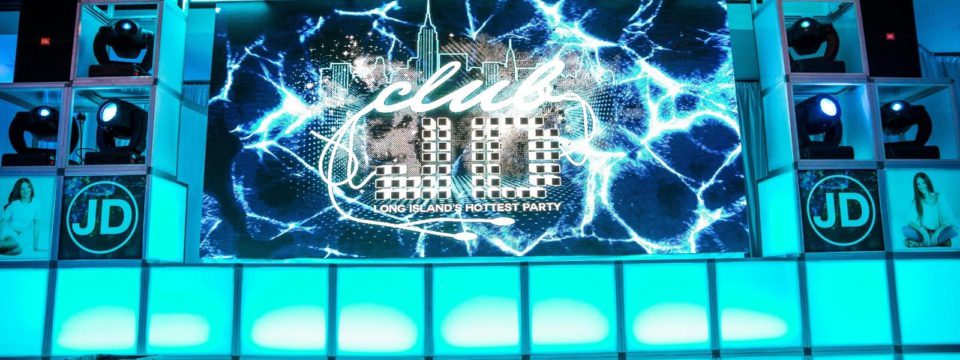Examining the Diverse Integration Options Offered for LED Wall Modules
Examining the Diverse Integration Options Offered for LED Wall Modules
Blog Article
LED wall panels have secured traction for their capacity to deliver crisp imagery in multiple settings, from professional environments to entertainment venues. One of the most significant aspects of these panels is their interface capabilities, which allow users to connect them to different devices and systems. Comprehending the broad input options supported for Light Emitting Diode wall panels is vital for maximizing their use and effectiveness. This article details these features, showcasing how they can adapt to specific needs and preferences.
One frequent interface method for Light Emitting Diode wall panels is High-Definition Multimedia Interface. HDMI is widely known for transmitting high-quality video and audio streams between components. This connection type is particularly useful in commercial environments, such as meeting spaces or training rooms, where presentations or video content are often shared. By using digital connectors, operators can easily link laptops, projectors, and streaming equipment to Light Emitting Diode wall panels, ensuring a sharp and dynamic display of information.
Another commonly used interface option is DisplayPort, which is comparable to High-Definition Multimedia Interface but offers additional advantages. Display Port can support elevated refresh rates and resolutions, making it an ideal choice for gaming or graphic-intensive applications. For those deploying LED wall panels in environments where output quality is essential, such as esports arenas or design studios, DisplayPort can provide the required visual clarity. Additionally, many modern computers and graphics cards include Display Port connections, making it a convenient solution for tech-savvy users.
In addition to High-Definition Multimedia Interface and Display Port, cordless connectivity options are becoming Read Full Article progressively common in Light Emitting Diode wall panel technology. Wireless interfaces allow users to transmit content without the need for physical cables, enabling a streamlined and more adaptable setup. Technologies such as Wi-Fi and short-range communication enable users to connect smartphones, tablets, and laptops seamlessly to LED wall panels without cumbersome wires. This convenience is especially advantageous in fast-paced settings like exhibitions or events, where quick changes to displays are often needed.
For larger deployments or more intricate configurations, LAN integration through wired networking is another viable option. Ethernet connections provide a stable and robust way to connect multiple Light Emitting site link Diode wall panels within a system. This approach is ideal for electronic display use cases found in retail centers or transport hubs, where multiple panels may need to present coordinated content across a broad area. By using Ethernet cables and network switches, users can ensure that all connected panels receive consistent updates and information seamlessly.
Lastly, it's crucial to evaluate the evolution of interface technology with advancements such as Universal Serial Bus-C and Thunderbolt Three. These next-generation interfaces offer increased data transfer speeds and versatility by allowing one cable to handle both power delivery and data transmission. As more devices adopt these standards, LED wall panels equipped with USB-C ports will likely become more common. This shift in integration not only improves the capabilities of Luminescent Diode wall panels but also coincides with the emerging trend of minimalistic design in hardware arrangements by minimizing the number of wires required.
In summary, examining the broad interface methods available for LED wall panels reveals many possibilities for users across various fields. From traditional methods like High-Definition Multimedia Interface and Display Port to contemporary wireless solutions and network connections, each option serves unique purposes tailored to specific needs. Furthermore, next-gen technologies like Universal Serial Bus-C offer further advancements in how professionals utilize Luminescent Diode wall panels. By understanding these integration alternatives, end-users can make informed decisions that enhance their overall experience with these versatile visual solutions.